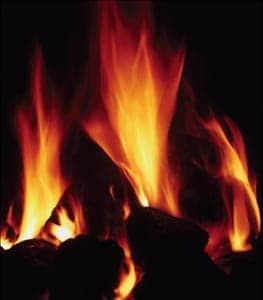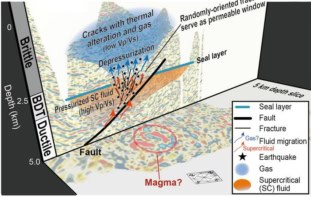We should prioritize nuclear power and clean coal to tackle the energy crisis

Whether their declaration on climate change turns out to be anything other than warm words remains to be seen. But the leaders of the G8 industrialized nations, meeting in Germany last month, did at least promise “substantial” reductions to the amount of greenhouse gases that their countries emit. And although the leaders could not agree on what “substantial” means in real numbers, it was pleasing that US President George W Bush agreed to “consider seriously” a pledge made by the European Union, Japan and Canada to cut emissions by at least 50% by 2050 – having previously shied away from discussing specific limits – and that he promised to work within the United Nations to create a successor to the Kyoto Protocol, which ends in 2012.
The G8 agreement sounds great in theory. But in practice how can we reduce emissions of carbon dioxide by such massive amounts, while at the same time meeting the ever-growing demand for energy, particularly from the developing world? One important response will be to limit our consumption of energy as much as possible. But it is also essential that we develop environmentally friendly sources of energy and make improvements to those sources that are already in widespread use. This special issue of Physics World examines a few of the areas in which physicists are making – or can expect to make – significant contributions to these challenges, namely by carrying out research into solar and fuel cells, nuclear power, clean-coal technology and energy storage (see pp20–45, print version only).
In the long term, the world will have to invest in renewable energy sources such as solar cells or wind and wave power. But as Physics World has argued before, the best solution to the energy crisis in the shorter term is to build more nuclear power stations. It is sobering to think that China is building power plants at a rate of at least two new 500 MW coal-fired facilities each week. In addition to the vast amounts of carbon dioxide that are pumped out when coal is burned, mining is a dangerous business: estimates suggest that almost 6000 people were killed in the Chinese coal industry in 2005 alone.
Far better, surely, for China and other countries in the developing world to increase their nuclear capacity. Indeed, there are plans for new types of “Generation IV” nuclear power stations that could even produce hydrogen for use in fuel cells. There are, of course, downsides in allowing countries to develop new nuclear programmes, be it the danger of nuclear-weapons proliferation or the problem of dealing with nuclear waste. But these are issues that can be addressed. In the context of non-proliferation, the International Atomic Energy Agency (see p8, print version only) does much good work, albeit with limited powers.
Despite the appeal of nuclear power, coal will probably continue to play a major role in our short-term energy needs as it is so cheap to burn and is so widely available: there is several hundred years’ worth of recoverable coal left on the planet, making it by far the largest reserve of fossil fuel. Given this reality, we need to improve techniques to capture and store carbon dioxide from coal-fired power stations and find ways of burning it as cleanly as possible. Focusing on nuclear and coal in the short term will give us breathing space to develop the real potential of renewables and perhaps even fusion energy too.



